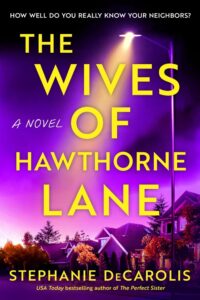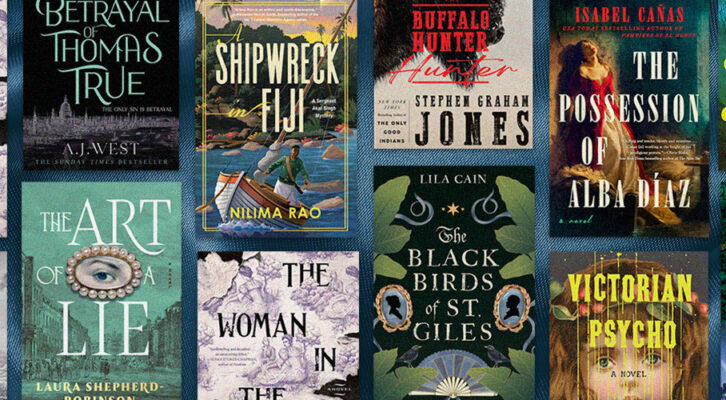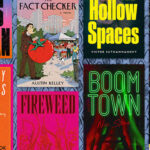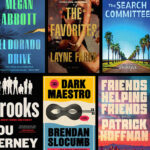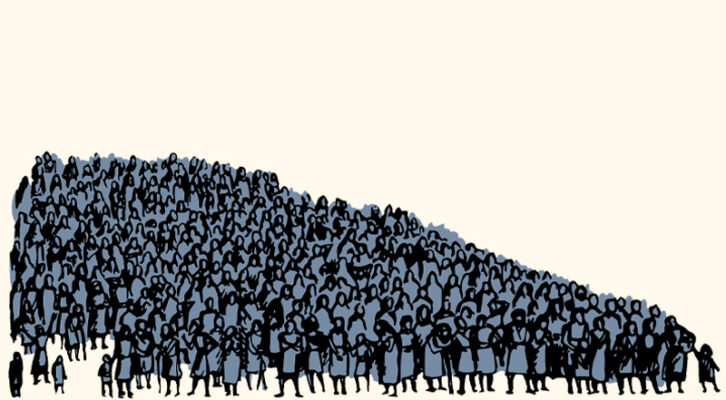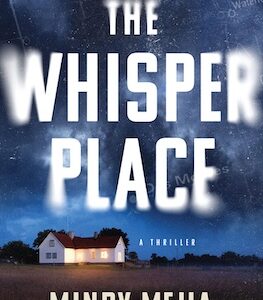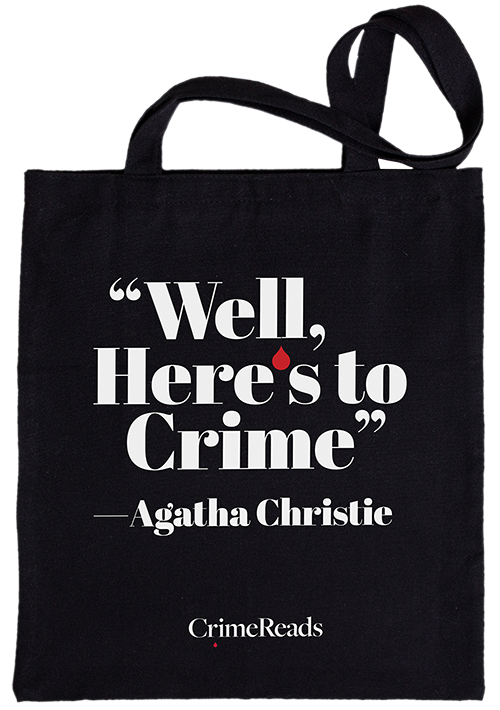My newest novel, The Wives of Hawthorne Lane, will bring you to a neighborhood where the grass is always green and the houses are the envy of the town. But behind closed doors, you’ll find a world of gossip, betrayal, secrets and, of course, murder. The wives of Hawthorne Lane can’t wait to welcome you to the neighborhood…
But while this book is fun, entertaining, and deliciously twisty, it also deals with some heavier subject matter; namely, domestic violence. As difficult a topic as this can be to read about, even in a fictional setting, I felt it was an important one to discuss. According to the World Health Organization, 1 in 3 women will be subjected to some form of violence in their lifetimes. When you stop to think about that for a moment, really let it sink in, the reality of that statistic is staggering. Domestic violence is a problem that effects all of us; it’s a conversation we cannot shy away from. And it is also one that is near to my heart.
Early in my legal career, I worked on a voluntary basis as an advocate for victims of domestic violence, helping them navigate the legal system as they sought protection for themselves and their children. The women I met in this capacity came from all walks of life—different cultures, ethnicities, socio-economic backgrounds— but they all had one thing in common: the strength they possessed to step forward and try to break the cycle of abuse. Their stories inspired me to keep fighting, to keep having the difficult conversations.
I hope that’s what I’ve done here with The Wives of Hawthorne Lane. While all of the characters in this book, and the situations they find themselves in, are entirely fictional, I hope that it starts a discussion around a topic that we, as a society, can’t afford to ignore.
Here are five other books that I believe take on this difficult subject matter in a realistic and respectful way:
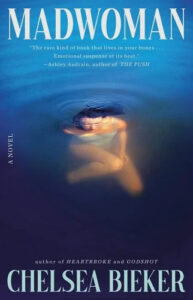
Madwoman, by Chelsea Bieker
A story of motherhood, loss, and survival, this novel dealt with some extremely heavy subject matter in a powerful and poignant way. It’s the story of a woman, now a mother herself, reflecting on her childhood and the abuse she witnessed, and sometimes experienced, at the hands of her father. Chelsea Bieker does a phenomenal job of portraying the psychological damage, trauma, and survival mechanisms often seen in children who are raised in abusive households. It is a raw and real exposition of the conflicting emotions these children sometimes feel about their parents, the constant tug-of-war between love and fear, and their struggle to come to terms with these feelings in their adult lives.

Big Little Lies, by Liane Moriarty
I loved this book when I first read it, and I thought the TV series did an excellent job of bringing Moriarty’s iconic characters to life. But what impressed me most about this story was Moriarty’s ability to capture the reality of what domestic violence looks like for so many women. How it can exist behind the facade of a happy marriage, how some victims are afraid, or perhaps ashamed, to speak about the abuse they suffer even to their closest friends, and how not every abuser looks like a monster on the outside. This novel will have you questioning what might be going on behind the closed doors in your neighborhood.

Cul-de-sac, by Joy Fielding
Who doesn’t love a neighborhood thriller where every character has a motive to kill and a gun in their hands? But while this novel was a fun and exciting read, it also shed light on some important issues surrounding domestic violence. I thought Fielding did an excellent job of portraying the nuances of domestic abuse in Dani and Nick’s marriage. No one in the neighborhood would suspect Nick, the respected oncologist, to be an abusive husband, but Fielding skillfully depicted the smaller, often overlooked, signs of abuse: The way Nick chipped away at Dani’s self-esteem, how he mocked her accent and belittled her career. Violence is often cyclical, and abuse doesn’t always look like a black eye. Fielding also brings the topic of gun violence, and its correlation to domestic abuse, to the forefront of discussion.

You, by Caroline Kepnes
If you, like me, tore through this book and then binged the Netflix series, you’re already familiar with Joe Goldberg and his proclivity for obsession. However, what stood out to me about this novel was how stalking was accurately depicted as a precursor to domestic violence. This is a very real and prevalent issue. According to the Domestic Violence Crisis Center, “when domestic violence victims experience both physical abuse and stalking behaviors, the risk for homicide is increased. 76% of all domestic violence homicide victims had also been stalked in the year before their murder.” So while we all love to hate Joe Goldberg, Kepnes’ book also sheds light on a serious and dangerous reality.

The Drowning Woman, by Robin Harding
This story centers around two women who seem very different on the outside—one is wealthy and living in a mansion, and the other is unhoused and living in her car—but they soon find that they have more in common then it might appear. They form an unlikely bond, which eventually has them both forced to answer the same question: how far would you go to help a friend? What I found most realistic about the domestic violence depicted in this book was the themes of control and isolation. Both are common experiences for victims of domestic violence, and shows that not all abuse comes in the physical injuries. In addition, Harding takes on the difficult subject matter of suicide and its prevalence in victims of abuse, particularly those who experience social isolation, which can exacerbate feelings of despair or make it more difficult to ask for help.
***
If you or someone you know is struggling with partner abuse in any of its forms, you can call the Domestic Violence Hotline, open 24/7, at 1-800-799-SAFE (7233) to confidentially speak to an advocate who is ready to help. Local resources may also be available in your area.


